Everything You Need to Know About Rooting Hormone
As an Amazon Associate and member of other affiliate programs, I earn from qualifying purchases.
There are many reasons to use a rooting hormone on your transplants or plant cuttings. Despite being a useful tool, root stimulants are not always understood. There are several things to consider when it comes to choosing the best rooting hormone and when to use it.
Whether you are a hobby gardener or have been at it for years, there is always something to learn. Let’s chat about rooting hormones.
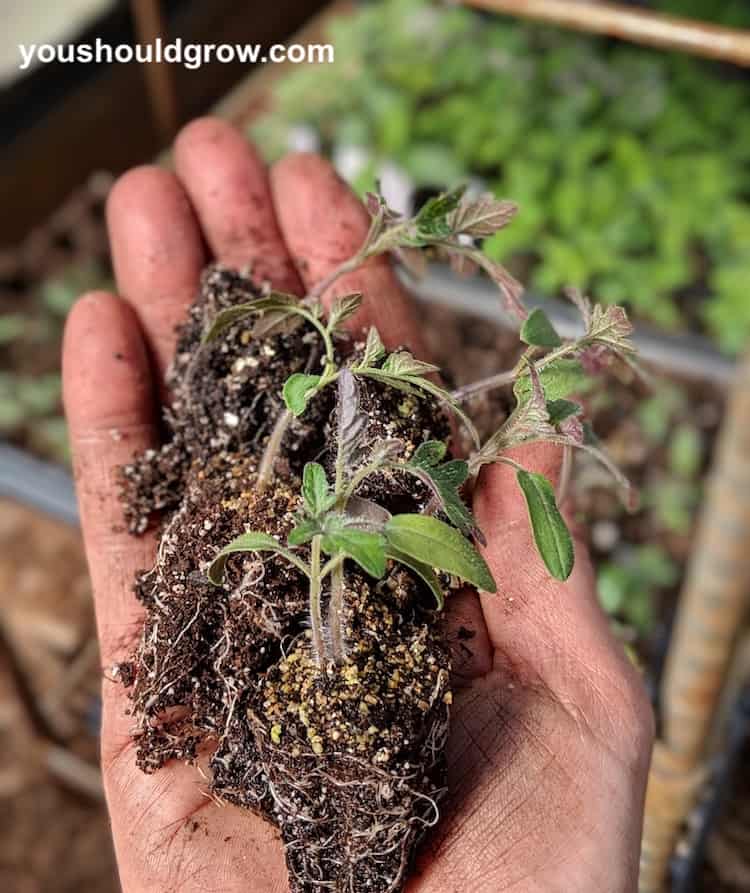
What are Rooting Hormones?
A rooting hormone is exactly what it sounds like—a combination of plant growth hormones that will help a young plant take root with more success. It also enhances the odds of the roots successfully growing and becoming appropriately rooted.
Plant hormones are natural, but they’ve been recreated in the lab for commercial use. You can purchase synthetic rooting hormone online or at a local gardening center.
Even better? You can actually make a DIY version with products you have at home, as odd as it sounds. I will go into further detail below on just how to do so and give your plants the best chance of survival possible.
Benefits of Using A Rooting Hormone
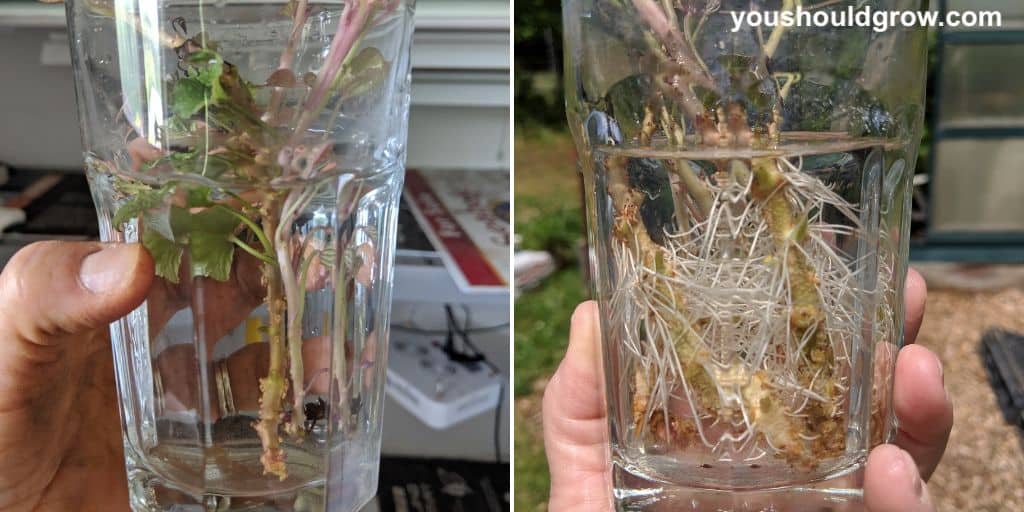
If you have ever planted something that seemed unable to thrive despite doing everything right, taking steps to improve your plants’ root health may be just the thing to stem your frustration and improve your results.
When you don’t use a rooting hormone, transplanted plants may not grow and develop as quickly, and the quality and quantity of fruit or flowers can be stunted. Rooting hormone leads to healthier plants with stronger root systems.
For propagating cuttings, rooting hormone will increase strong root growth on your new plant. This leads to quicker growth and harvest.
What is the Best Rooting Hormone?
There are three main types of rooting products: gel, liquid, and powder. Each one serves a different purpose and may be required depending on what the plant is and how you will be planting it. Here are some differences and advantages of each one:
- Gel – This hormone medium gives thicker coverage and is really convenient to use. Unlike some of the other types, there is no mixing or measuring required—just pour it on and go. Many indoor gardeners prefer the ease of using gel because it’s the quickest method to deliver hormone to the plants, as well as one of the cleanest methods.
- We recommend Clonex
- Liquid – You can purchase a concentrated version or a liquid that’s ready to use. With the ready to use version, there is no measuring needed. You can simply use what you need, and you don’t have to calculate anything. On the other side, the concentrated liquid is better in many cases because each root is different, and they don’t all need the exact same concentration.
- We recommend Hormex
- Powder – If you use powder, then you can toss it on the shelf, and it will last for a very long time — no need to refrigerate or anything. The powder is an excellent option because it will easily stick to a wet stem. The powder is less expensive but not as impressive as liquid or gel.
- We recommend Garden Safe
How to Make Your Own
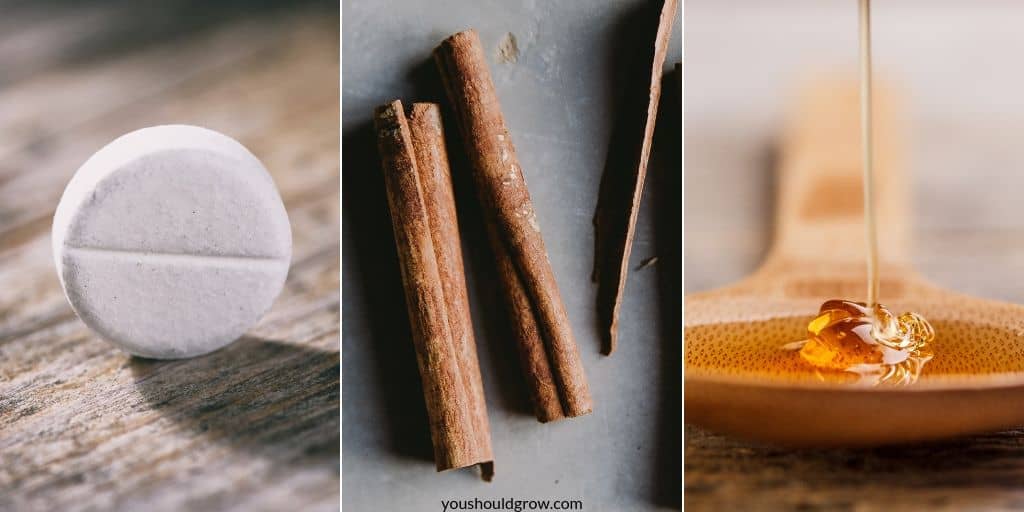
There are different views when it comes to buying the commercially-produced rooting products. Some people believe the synthetic hormones are harmful and others think it’s fine.
More and more gardeners and homesteaders are beginning to make their own rooting stimulants, so you have that option as well. It’s quite simple—you’d be surprised! Here are a few options you can give a try:
- Asprin Rooting Hormone – Almost everyone has Asprin around the house. You can easily crush it up until it becomes a powder. Then dissolve it in a little bit of water and use it as your DIY rooting hormone. Easy and you don’t even have to run to the store.
- Cinnamon Rooting Hormone – We all know that cinnamon tastes great and smells lovely too, but did you know you can use it as an aid for rooting hormone? Yes, you absolutely can! It will help kill bacteria to allow the roots to be free of diseases.
- Honey Rooting Hormone – Using honey is another way to kill bacteria naturally. Just add 2 tablespoons of honey to 2 cups of boiling water (source). Allow the mixture to cool, and then you can dip the roots in the mix before planting. It will last two weeks in a glass jar.
How to Use Rooting Hormone
Using a rooting hormone is actually pretty simple. If you are using a liquid, you can simply dip the root into the mix, then plant it.
A powder is applied by getting the root wet, sprinkling with powder and planting. Finally, a gel can just be applied directly to the stem and planted. Each method is slightly different but pretty simple once you get the hang of it.
After applying the rooting hormone, plant into a loose growing medium like peat moss or germinating mix.
When to use a root hormone
Most people think of using rooting hormones when they are taking cuttings for plant propagation, also known as cloning plants.
Many plants will grow roots from a stem cutting or even just a leaf. Although it’s not necessary, applying some rooting hormone to the stem of your cutting can speed up root growth.
You can also use hormones when you’re transplanting young plants or moving landscape plants to a new location. They are especially beneficial for plants whose roots have been cut or broken in the transplanting process.
Will you try using rooting hormone?
Share your results in the comments below!


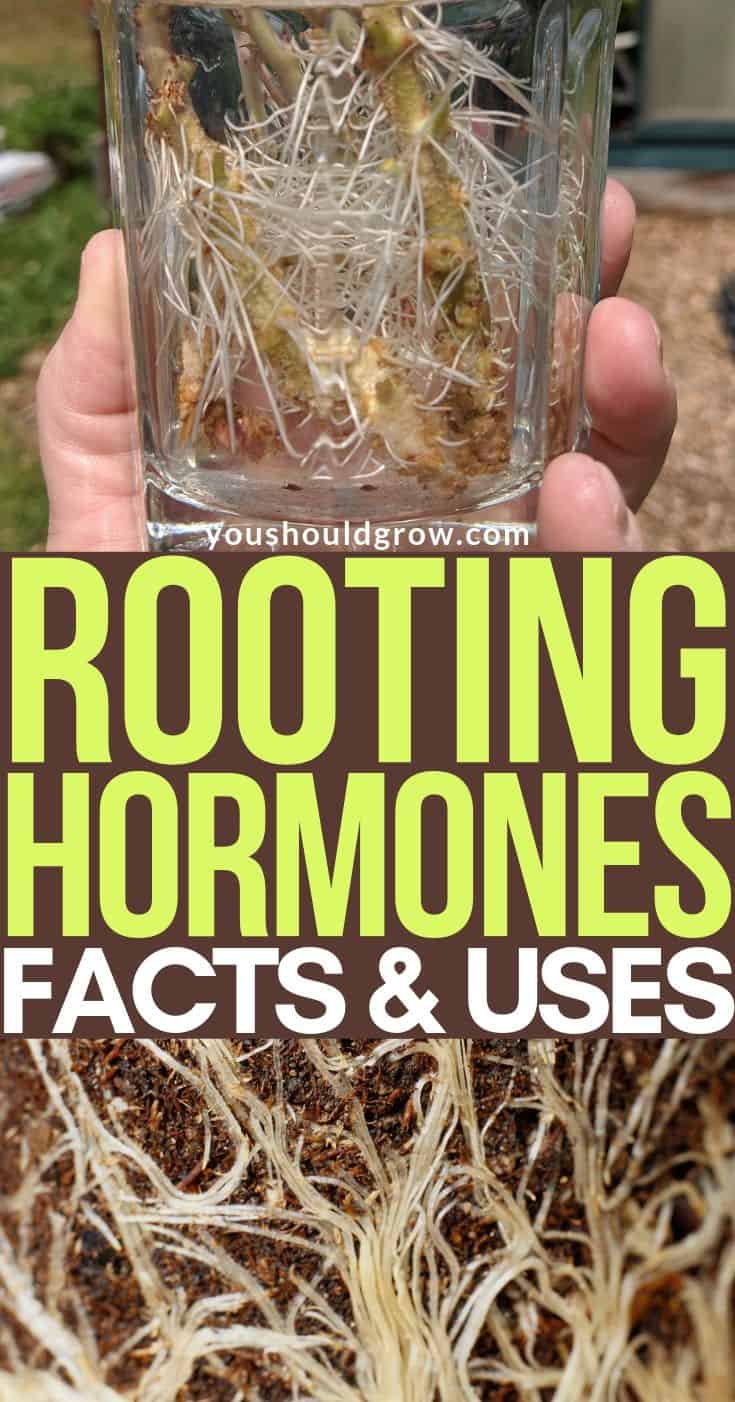




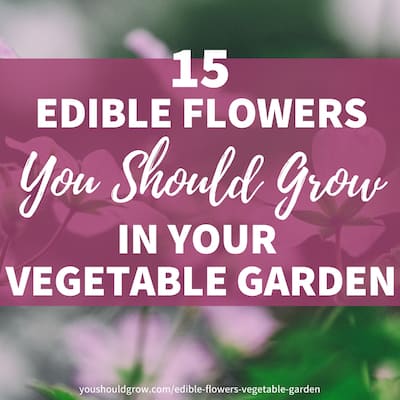
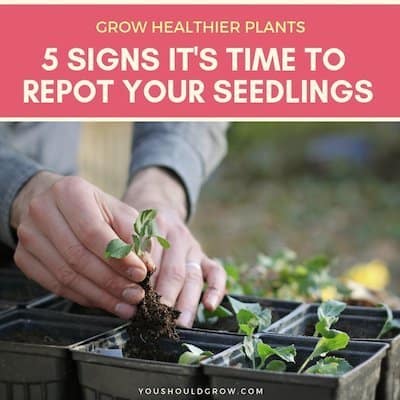
Very good advice